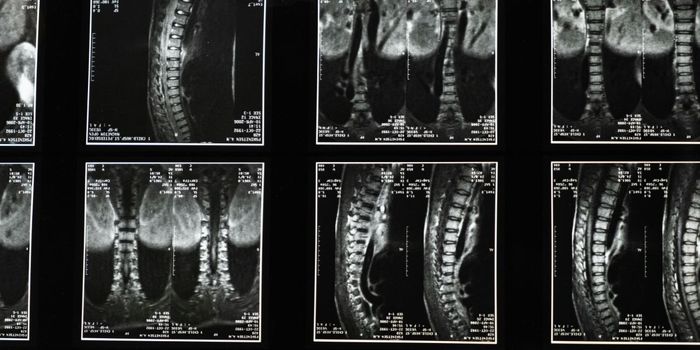Computer Model Predicts How Drugs Affect Heart Rhythm
Cardiotoxicity, heart electrophysiology dysfunction or muscle damage, is one of the most common reasons why drugs are withdrawn from the market. Now, researchers have created a computer model capable of screening drugs for unintended cardiac side effects including arrhythmia, also known as an irregular heart beat.
Until now, there has been no clear way to determine whether drugs will have therapeutic or harmful effects on hERG-encoded potassium channels necessary for normal heart rhythm. Co-leader of the study creating the predictive computer model, Colleen E. Clancy, professor of physiology and membrane biology at the University of California says, “One main reason for a drug being removed from the market is potentially life-threatening arrhythmias...Even drugs developed to treat arrhythmia have ended up actually causing them.”
To resolve this issue, Clancy and her team developed a computer model capable of determining a drug’s chemical structure and then predicting its impact on measures of cardiotoxicity including heart rhythm. Using a drug’s chemical formula, they are able to map how a drug interacts with the hERG channels alongside cells and tissue in the heart. They then validate the outcomes with comparisons to clinical data from electrocardiogram (ECG) results from patients.
For a study investigating its efficacy, the researchers validated their model by investigating two drugs known to interact with hERG channels- one known to have a safe drug profile, and the other known to increase the risk of arrhythmia. Comparing their mapped models to existing ECG results on the drugs, they found their system to be accurate in predicting rates of cardiotoxicity including arrhythmia.
Clancy now hopes that the model may be useful as a pre-market test for cardiac drug safety and drug discovery. She also hopes that the model will eventually be used to assess drug safety for other organs too, including the liver and the brain. Clancy says, “Every new drug needs to go through a screening for cardiac toxicity, and this could be an important first step to suggesting harm or safety before moving on to more expensive and extensive testing.”
Sources: Circulation Research, SIFY









